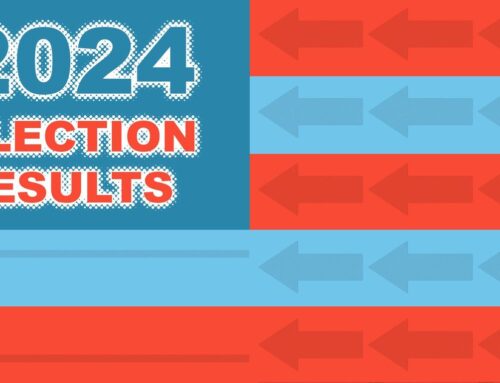Yellowknife looking into using 3rd-party lenders to finance local green energy projects
November 4, 2024
The City of Yellowknife is looking into different financing options for green energy that would be the first of its kind for the municipality, provide financial support to the community and reduce administrative burden on city staff.
Last week, the city received a plan on what that might look like. The potential city financing could have third party lenders involved so homeowners have a personal loan-style of repayment.
It’s a step the city hopes will help it reach its Community Energy Action Plan goals. Those goals include reducing greenhouse gas emissions by 30 per cent by 2025 compared to 2009 levels and increasing the share of renewable energy use from 18 per cent to 30 per cent.
The plan options are comparable to the federal government’s green energy grants. One difference being while the federal government’s loan comes with no interest, the financing plans prepared for the city have “low” interest rates.
Executive director for the Arctic Energy Alliance, Mark Heyck said the city’s type of plan does have positive trade-offs though. Heyck added that the federal government’s greener homes grant can only receive a certain number of applicants and the longevity of the plan isn’t certain under a change in government.
Heyck said this type of plan has been in the works before the federal government grant existed and is finally coming forward to council again because of fairly new legislation allowing it.
“If there’s the will on the part of the city to move this forward, I think as a partner that works with a lot of community governments throughout the N.W.T. that we would be very interested in engaging in that conversation,” said Heyck.
Managing consultant for Dunsky Energy + Climate Advisors, Lauren McNutt presented the summary report for the Home Energy Finance Programs to city staff last week. McNutt said that in the case that someone stops paying the lender, the loan would turn back to a PACE financing model. The PACE financing model allows the city to put the loan amount onto the property tax and recoup costs that way.
“Given their subarctic location, we assumed it might be more difficult to get a third party. So we had sort of this mix, hybrid sort of model where the municipality would administer some things and then use the banks to service the loans,” McNutt said.
The presentation highlighted that the loans could “support attractive financing to homeowners, including low interest rates, early repayment options, flexible underwriting, longer terms.”
McNutt added that the city could opt to do a traditional PACE model, but that would require additional resources where city staff would be the ones estimating the eligible projects, dispersing funds, and managing the repayment process throughout the term of the loan.
“Leverage local lenders who do what they do best. They lend, they understand that process,” said McNutt.
Heyck thinks the project would be good for the city, especially with extremely volatile energy prices in recent years.
“The most recent example being what’s happening in Norman Wells right now … ultimately, I think if they choose to move into a sort of formal program design, then they can take a look at how those different pieces are going to fit together to benefit residents and lower their energy costs.”
A chunk of funding for projects like this comes from the Federation of Canadian Municipalities.
A memorandum and recommendation on the Home Energy Finance Program will be given by the City of Yellowknife Administration at the governance and priorities committee meeting on November 12.
Search
RECENT PRESS RELEASES
Related Post




